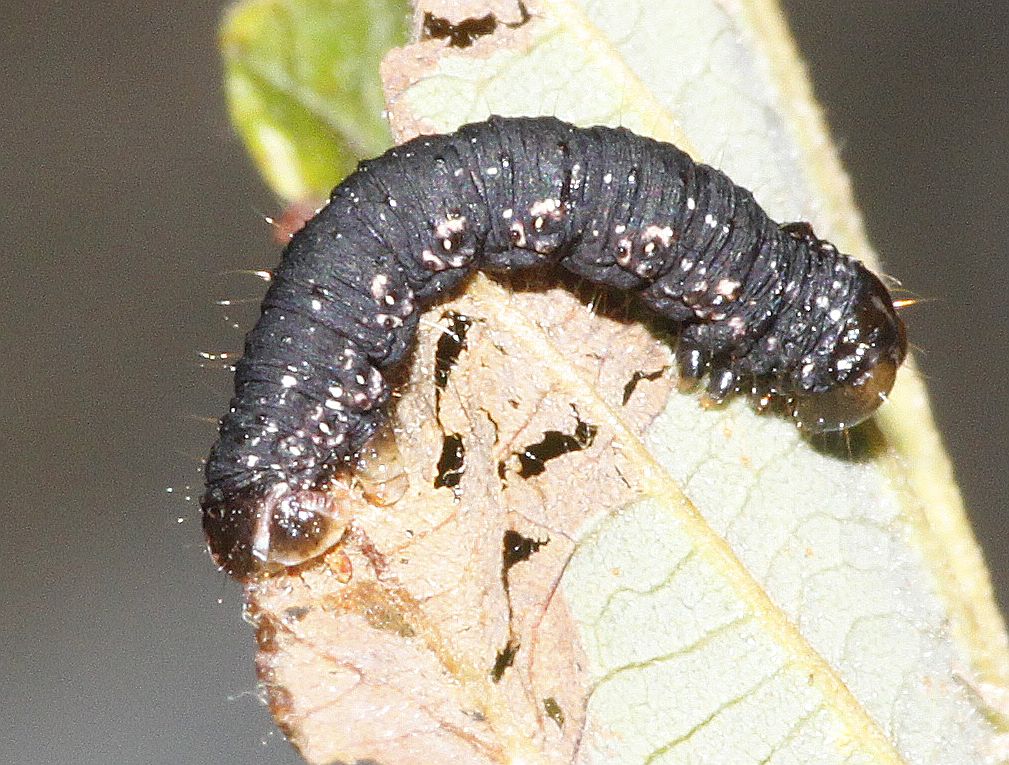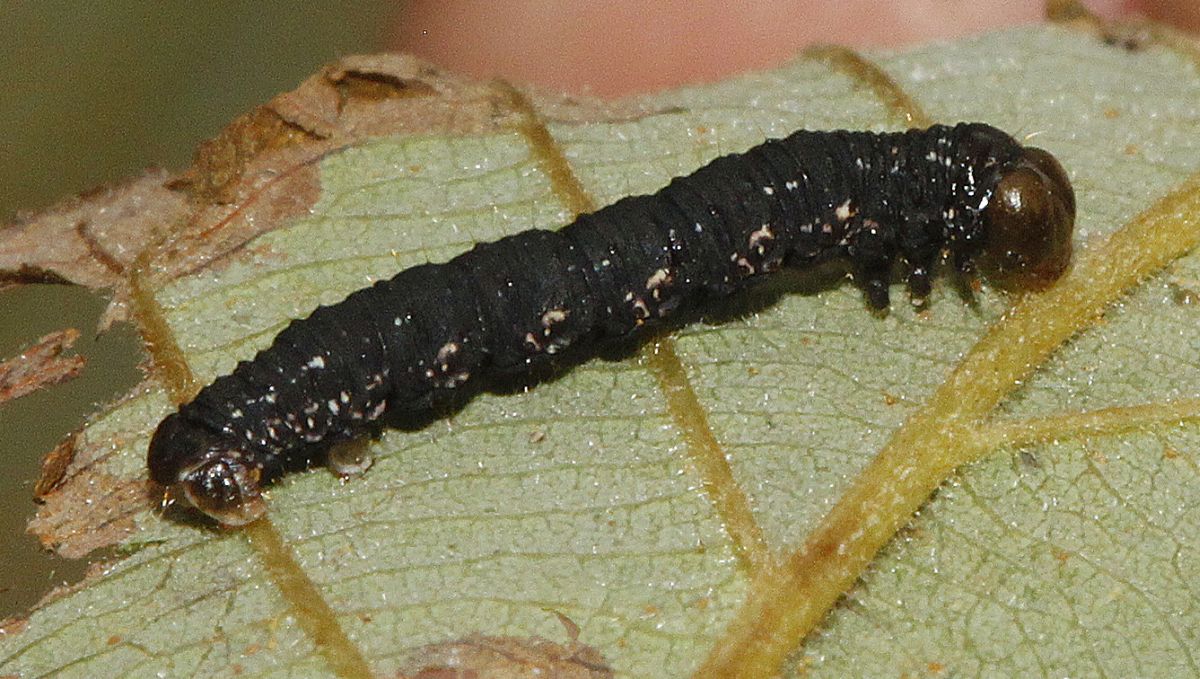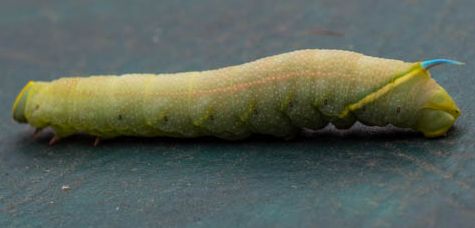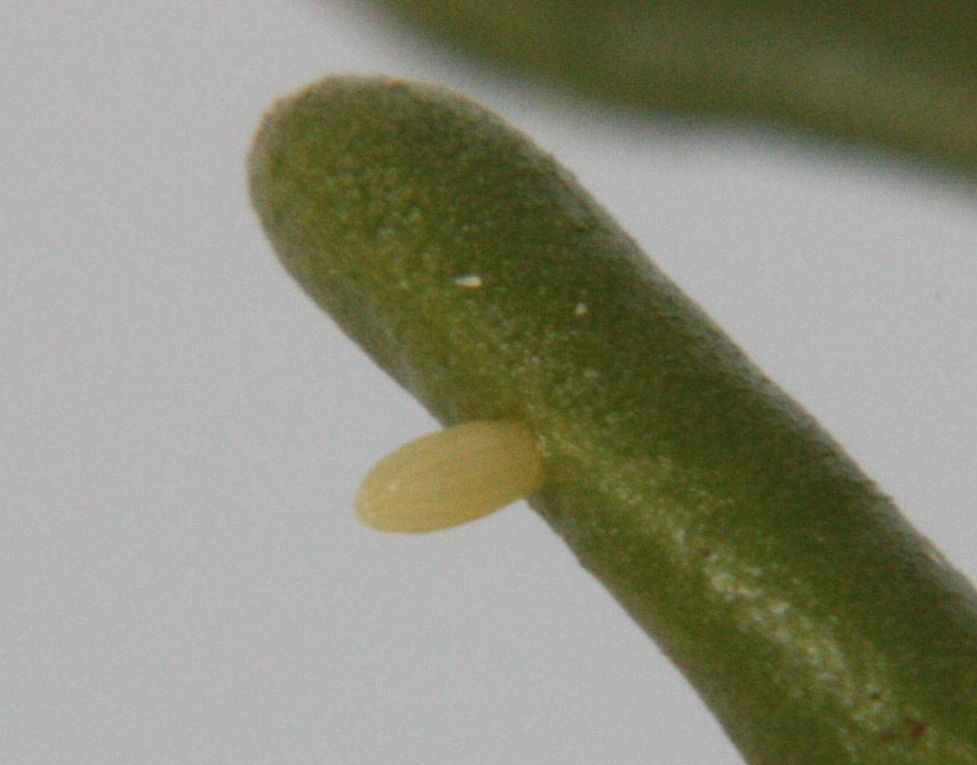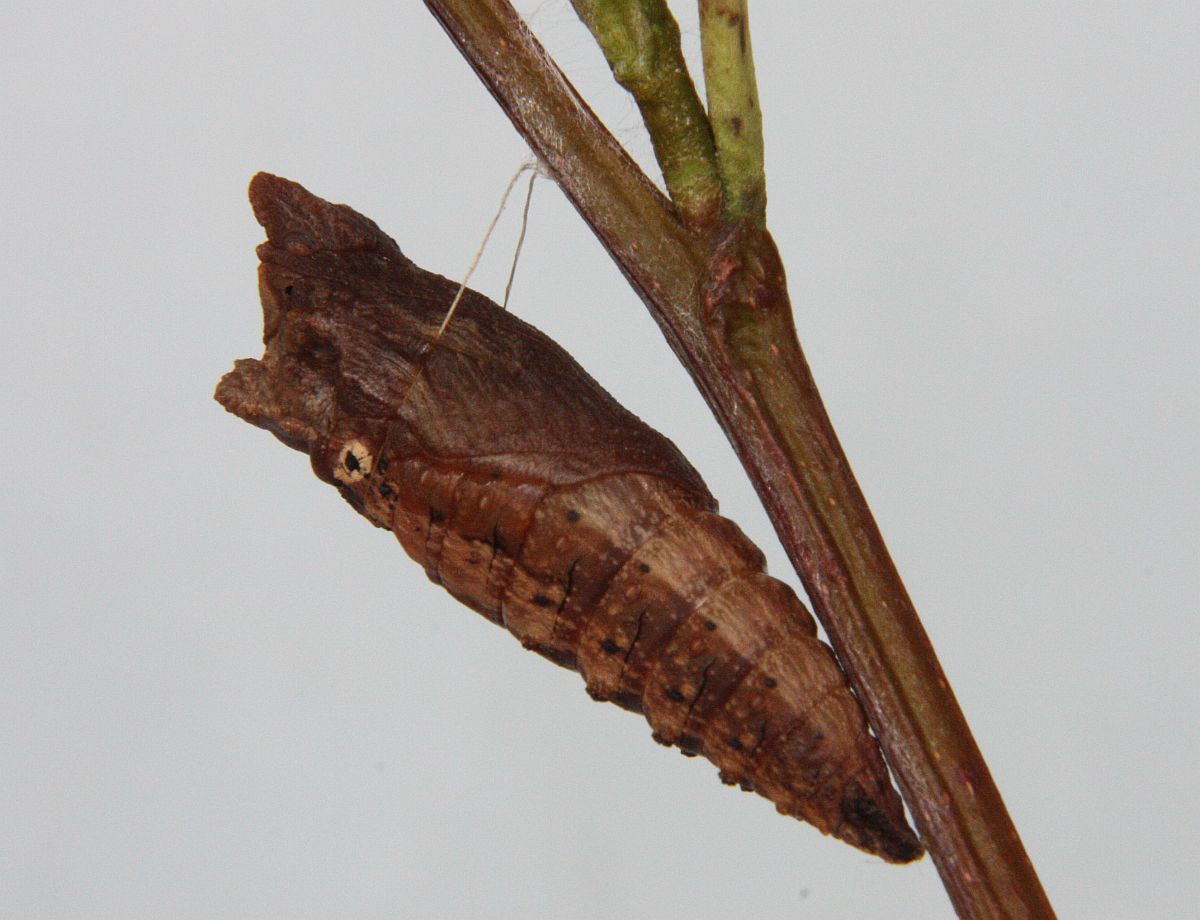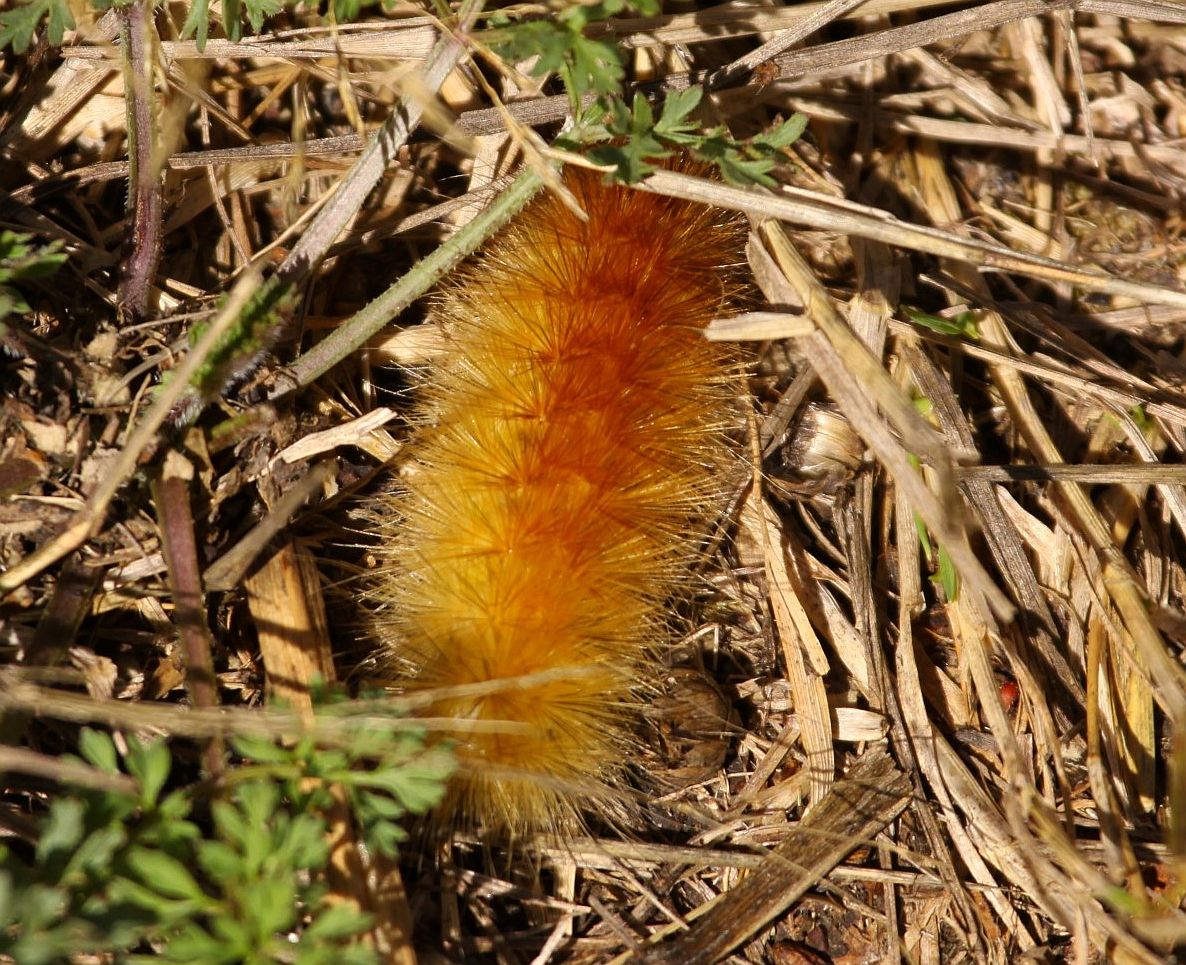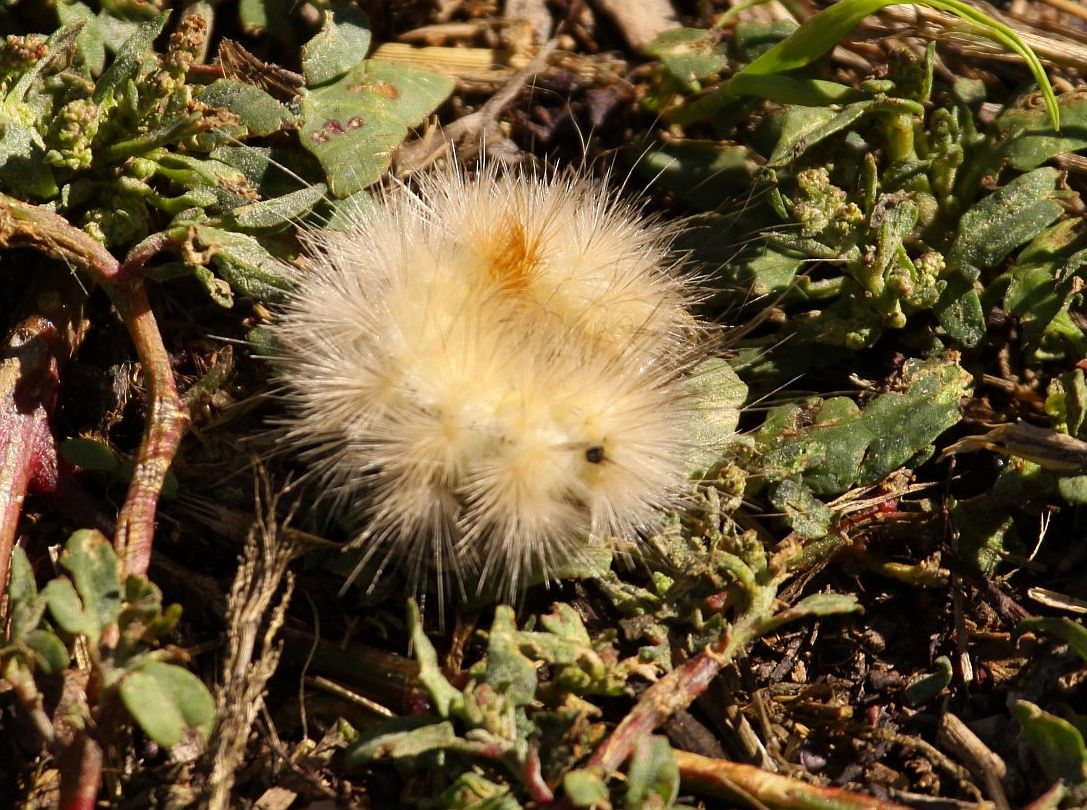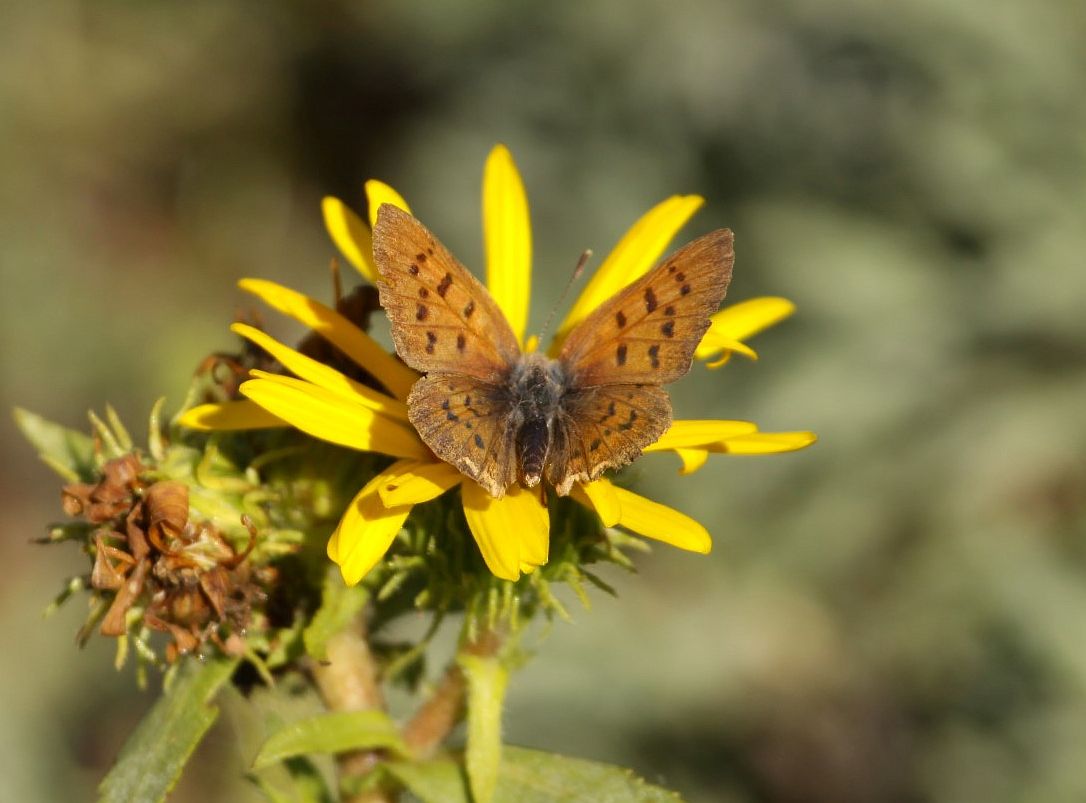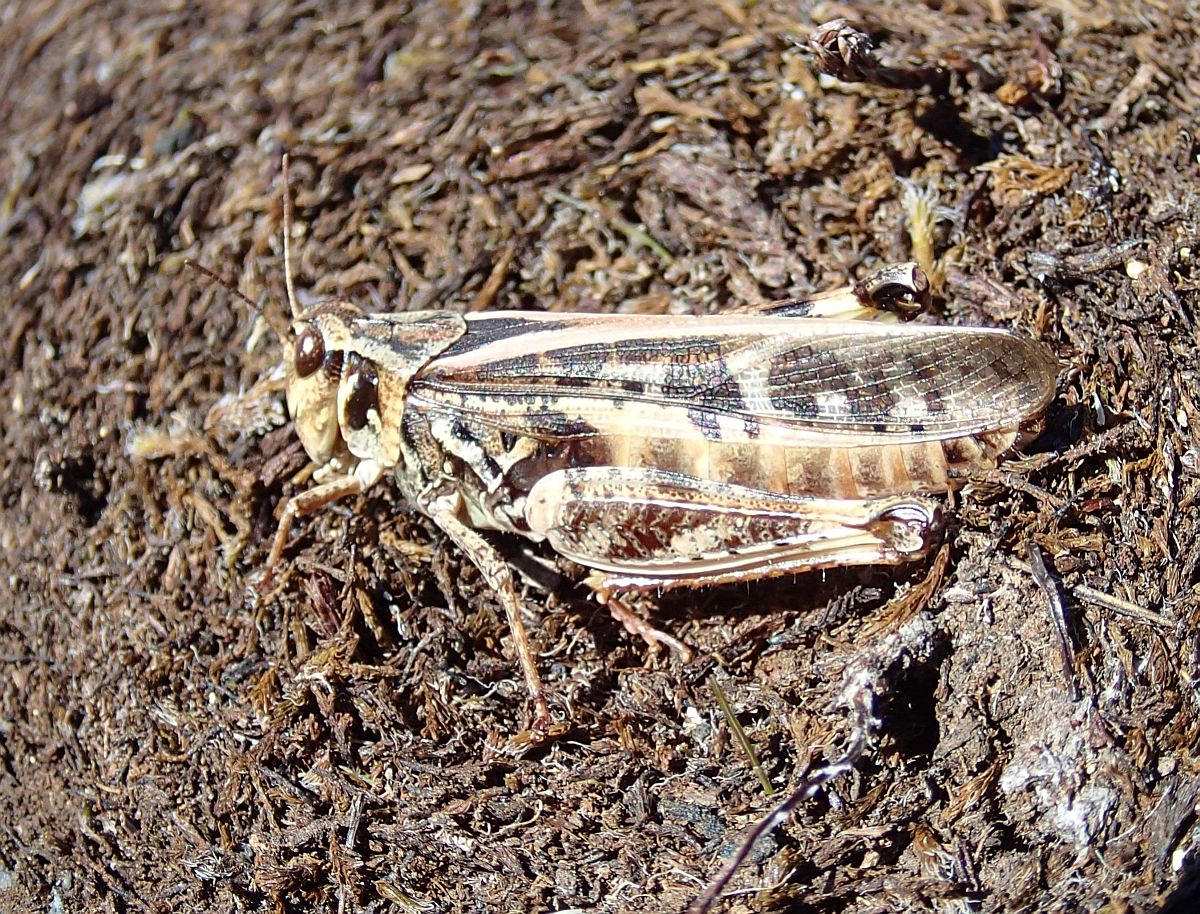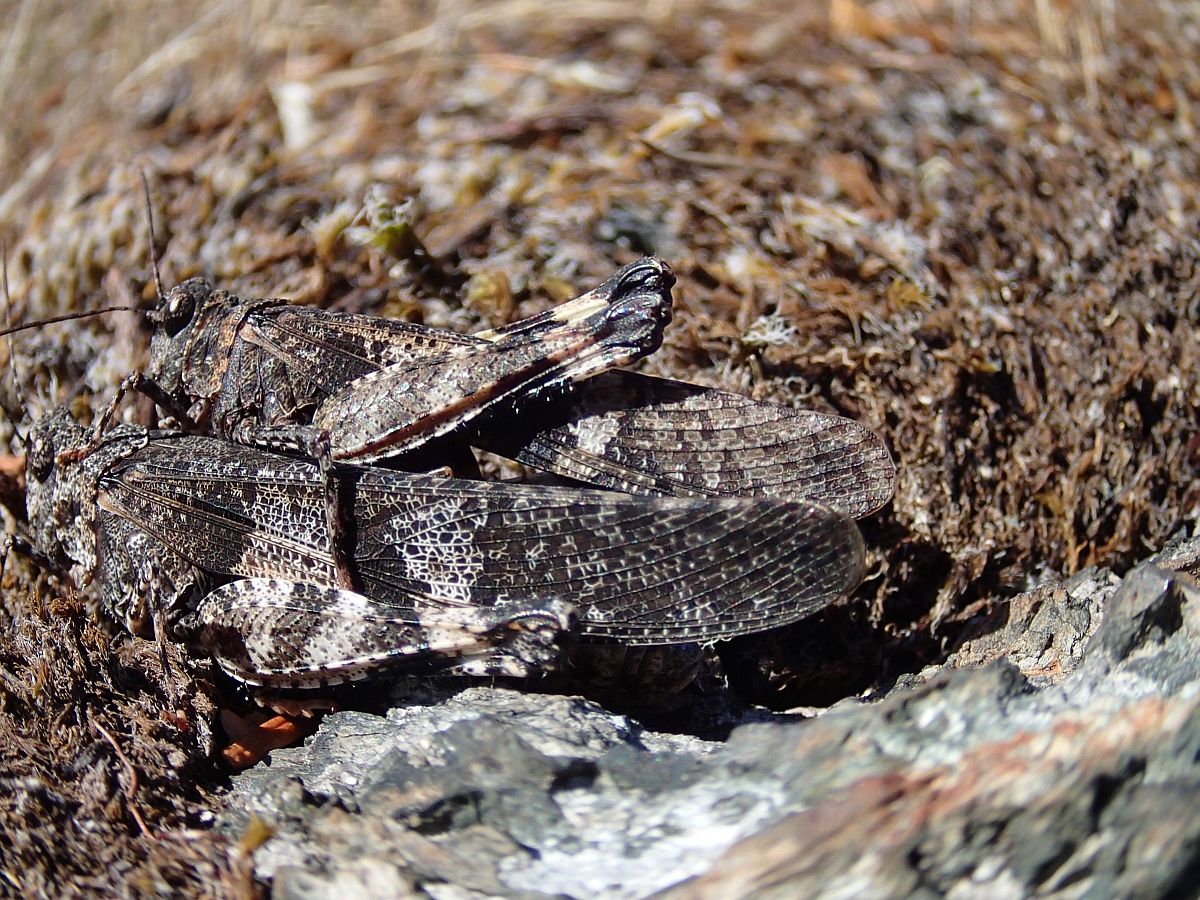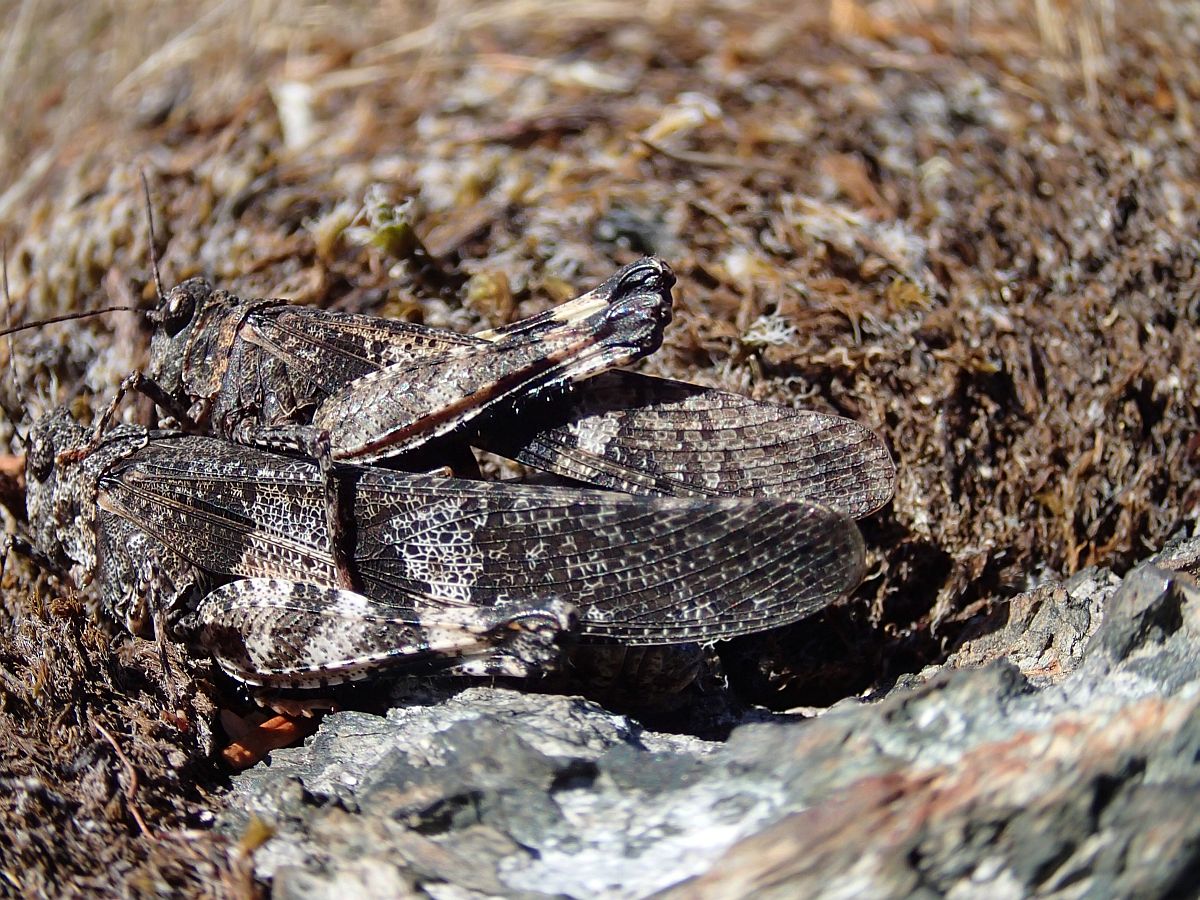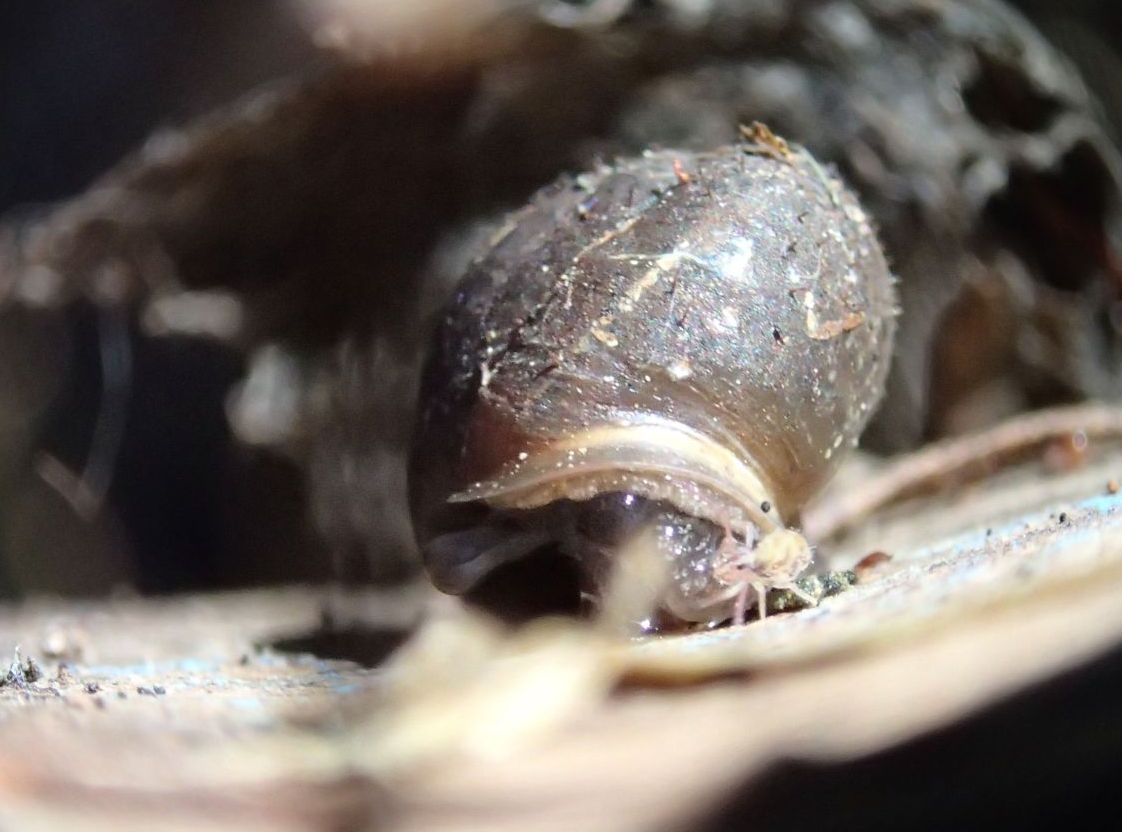2016 September 19
On the September 13 posting we showed a picture, from Rosemary Jorna, of a snail and a springtail. We are now happy to say that Jeremy Gatten has identified the snail for us. Thank you, Jeremy Gatten! Viewers will have to scroll down to September 13 to see the new label.
That reminds me. From time to time we post a picture as “unidentified”. If any viewer thinks that s/he might be able to identify one of these – or indeed if anyone thinks that we might have misidentified something – please do let us know! jtatum at uvic.ca
After a bit more thought, we are going to upgrade Libby Avis’s photographs of a geometrid caterpillar on the September 17 posting from “probably” Rheumaptera hastata to just Rheumaptera hastata. No longer “probably”!
Libby sends photographs of two colour varieties of another geometrid caterpillar – Cyclophora dataria from oaks at Nanoose, September 18.
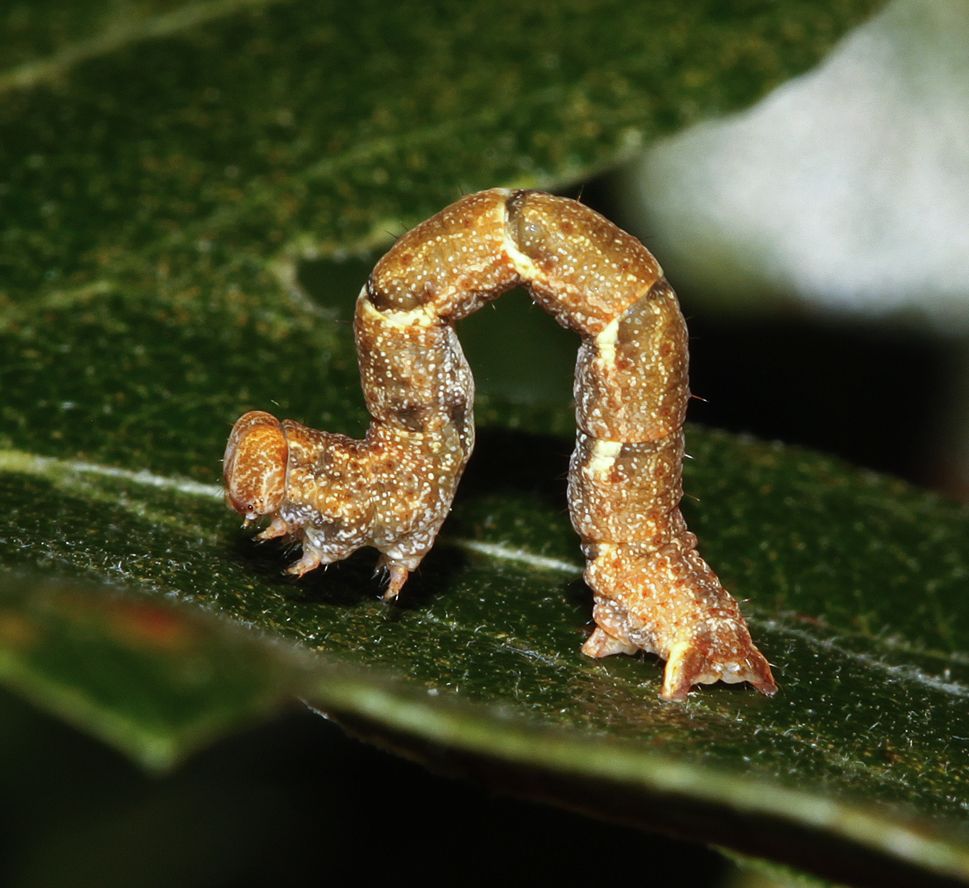
Cyclophora dataria (Lep.: Geometridae) Libby Avis
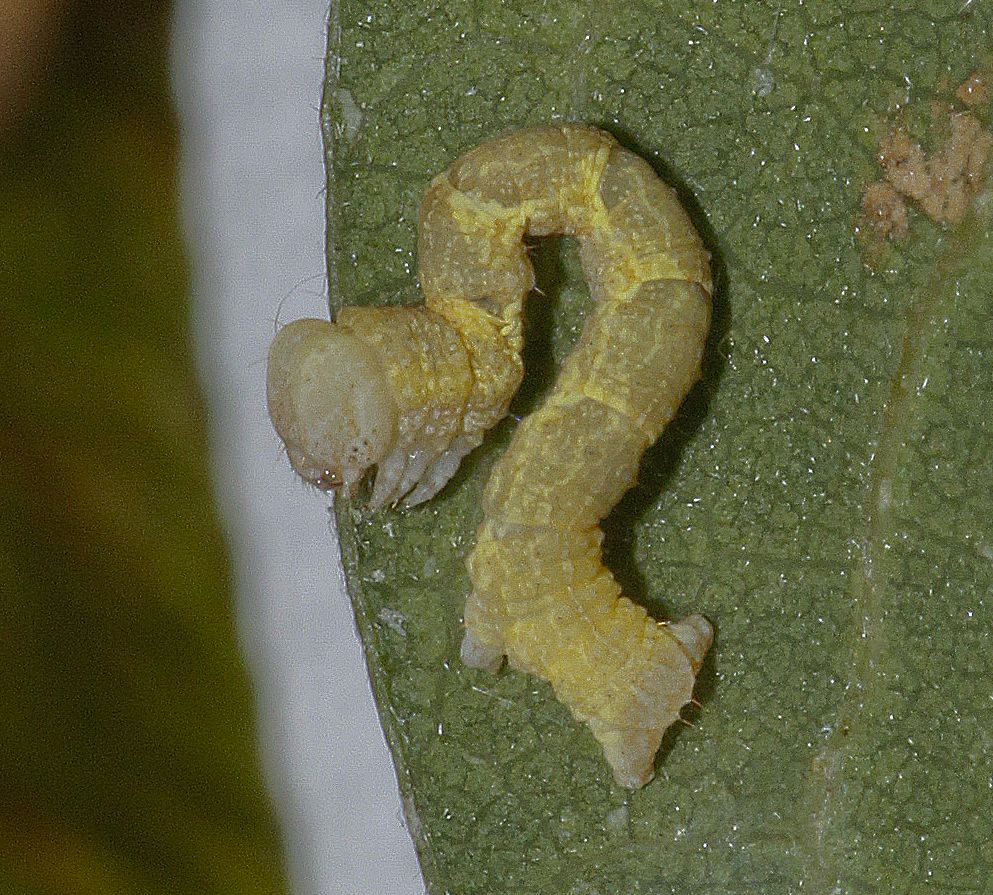
 Cyclophora dataria (Lep.: Geometridae) Libby Avis
Cyclophora dataria (Lep.: Geometridae) Libby Avis
Gordon Hart’s Polyphemus caterpillar (see September 16) has constructed a big, tough cocoon (photograph below) to pupate inside. His hawk moth caterpillar has buried itself in a few inches of sterilized potting soil.
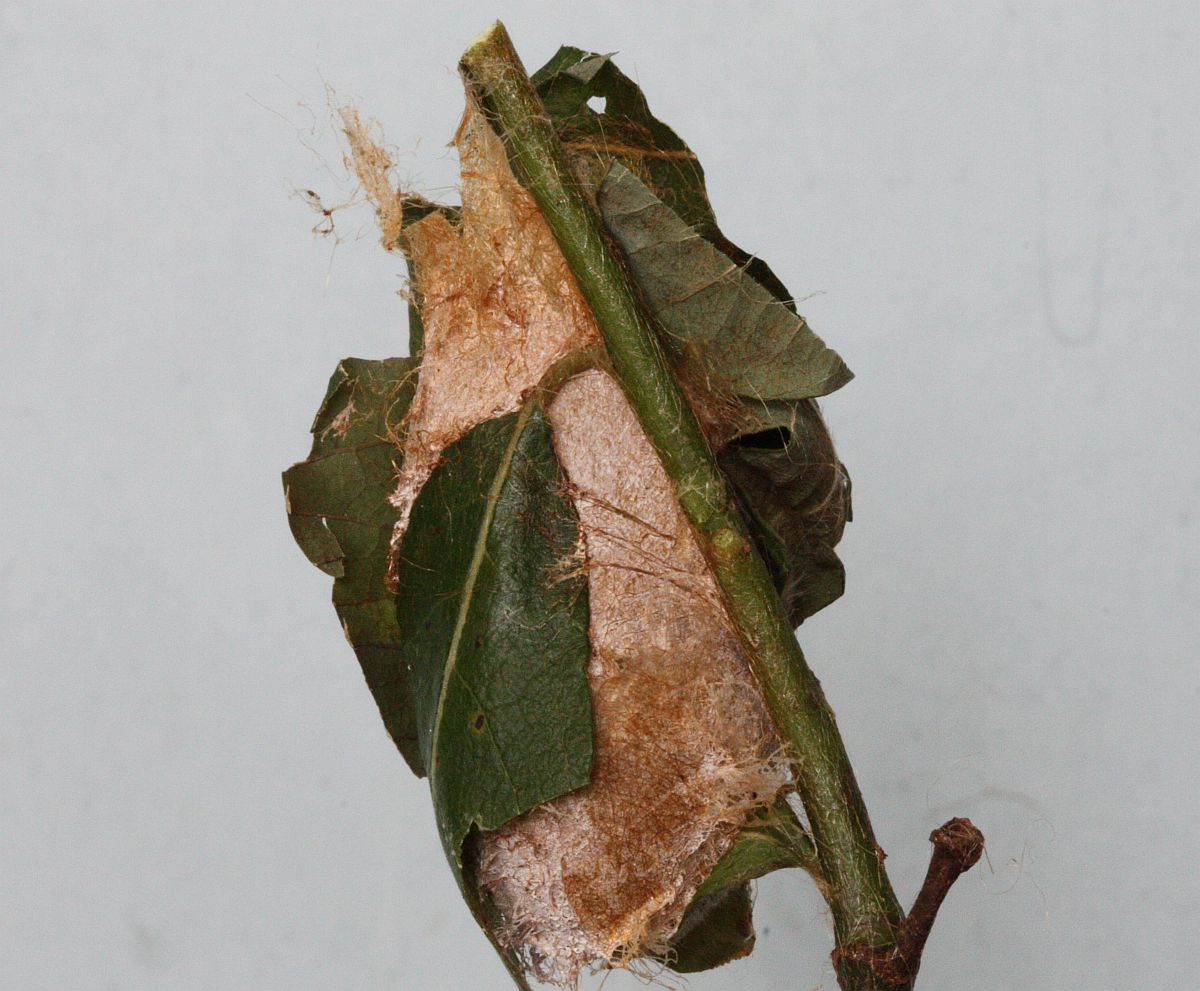
 Polyphemus Moth Antheraea polyphemus (Lep.: Saturniidae) Jeremy Tatum
Polyphemus Moth Antheraea polyphemus (Lep.: Saturniidae) Jeremy Tatum
And now for some more grasshoppers. The first photographed by Rosemary Jorna at Muir Creek. The second photographed by Val George at Uplands Park. Both on September 15. Thank you, Claudia Copley, for the identifications.
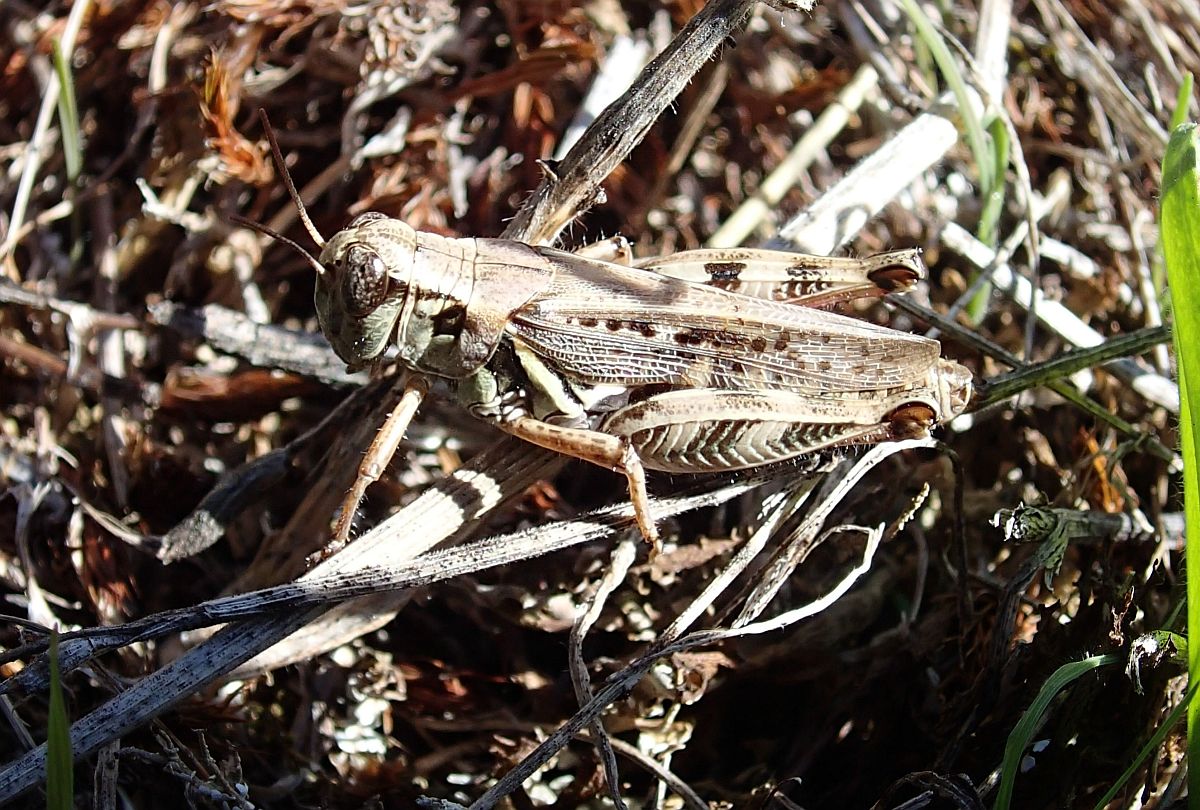
 Clear-winged Grasshopper Camnula pellucida (Orth.: Acrididae) Rosemary Jorna
Clear-winged Grasshopper Camnula pellucida (Orth.: Acrididae) Rosemary Jorna
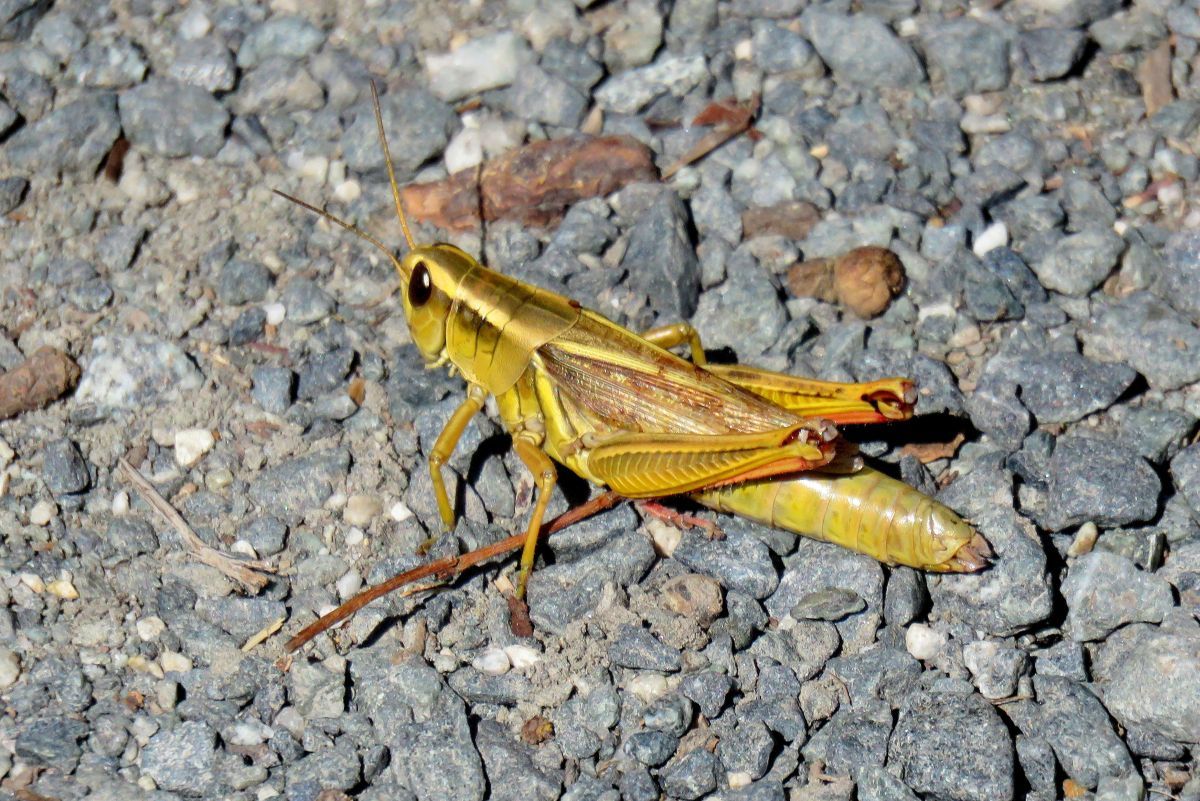

Two-striped Grasshopper Melanoplus bivittatus (Orth.: Acrididae) Val George
Rosemary Jorna photographed the dragonfly shown below at Skipping Rock Pool (Sooke River) on September 18. Thanks to Rob Cannings for the identification as a young female Sympetrum costiferum. Rob writes: It’s probably youngish and the tan-red colour is not unusual in this species, especially females, especially in young ones. You can see the orange/yellow along the leading edge of the wing, which is usual in this species, especially in young specimens. It’s rather faint here. The pterostigmas are useful for identifying some species, including this one — the black borders front and back are characteristic. The dark line on the dorsum of abdominal segments 8 and 9 is also a useful character.

 Saffron-winged Meadowhawk Sympetrum costiferum (Odo.: Libellulidae)
Saffron-winged Meadowhawk Sympetrum costiferum (Odo.: Libellulidae) Rosemary Jorna


